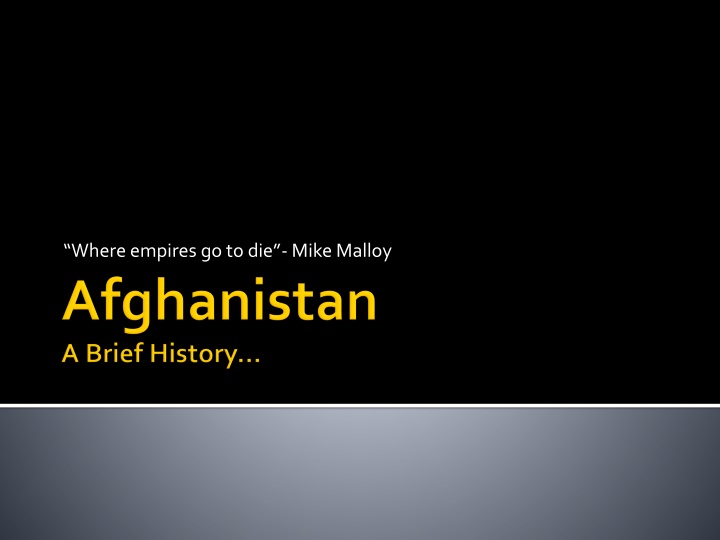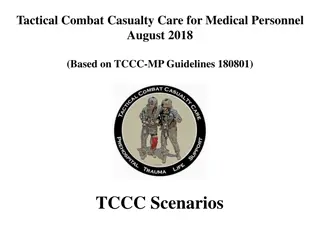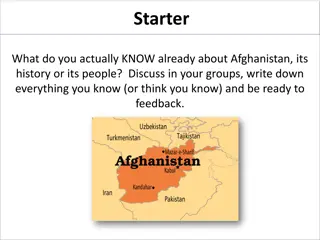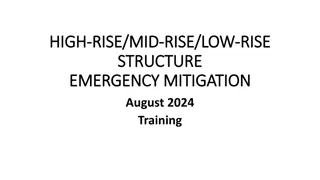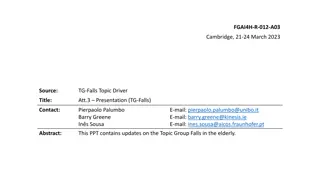Rise and Fall: The Complex History of Afghanistan
The tumultuous history of Afghanistan unfolds through a series of conflicts, invasions, and regime changes, from imperial rivalries in the 19th century to the rise of the Taliban in the late 20th century. This narrative delves into the struggles for power, foreign interventions, and the enduring impact of these events on Afghan society.
Download Presentation

Please find below an Image/Link to download the presentation.
The content on the website is provided AS IS for your information and personal use only. It may not be sold, licensed, or shared on other websites without obtaining consent from the author.If you encounter any issues during the download, it is possible that the publisher has removed the file from their server.
You are allowed to download the files provided on this website for personal or commercial use, subject to the condition that they are used lawfully. All files are the property of their respective owners.
The content on the website is provided AS IS for your information and personal use only. It may not be sold, licensed, or shared on other websites without obtaining consent from the author.
E N D
Presentation Transcript
During the 19thcentury, Imperial Russia and the British Empire in India competed for control of Afghanistan
1838-42-British forces invade, install King Shah Shujah. He is assassinated in 1842. British and Indian troops are massacred during retreat from Kabul.
1933 - Zahir Shah becomes king and Afghanistan remains a monarchy for next four decades.
1979 December - Soviet Red Army invades and props up communist government. 1980 - Babrak Karmal installed as ruler. He is a friend of the Soviet Union. Many Afghans want to be free from foreign control and fight back. This resistance is called Mujahideen or struggle .
The mujahideen were significantly financed, armed and trained by the United States Central Intelligence Agency (CIA) during the administrations of Jimmy Carter and Ronald Reagan Remember, this is the during the Cold War. The US wanted to contain the spread of Communism
A wealthy Saudi Arabian was also heavily involved in organizing and funding Muslims fighting against the Soviets. His name was Osama bin Laden
1989 - Last Soviet troops leave, but civil war continues as mujahideen push to control the new government
1996 - Taliban seize control of Kabul and introduce hard-line version of Islam, banning women from work, and introducing Islamic punishments, which include stoning to death and amputations.
2001 October - US-led bombing of Afghanistan begins following the September 11 attacks on the United States. Anti-Taliban Northern Alliance forces enter Kabul shortly afterwards.
2002 June - Loya Jirga, or grand council, elects Hamid Karzai as interim head of state. Karzai picks members of his administration which is to serve until 2004. 2004 October-November - Presidential elections. Hamid Karzai is declared winner and is still currently president.
2007 August - Opium production in Afghanistan has soared to a record high, the UN reports. Many Afghans see Karzai and his US-backed government as corrupt.
US goals in Afghanistan include: Remove the Taliban from power Disrupt Al-Qaeda terrorist network that was responsible for 9-11 Capture/Kill Osama bin Laden Establish a democratic state that can be responsible for it s own security
May 1st 2011, Osama bin Laden was killed by a group of 25 Navy SEALS in a mansion located just miles away from Pakistan s most prestigious military academy.
http://costofwar.com/en/ http://icasualties.org/oef/ Source-BBC, ABC News
http://www.pbs.org/wgbh/pages/frontline/opi um-brides/ Ch.18 sec.5 and Ch.20 sec.4 deal with Central Asia and Terrorism respectively.
